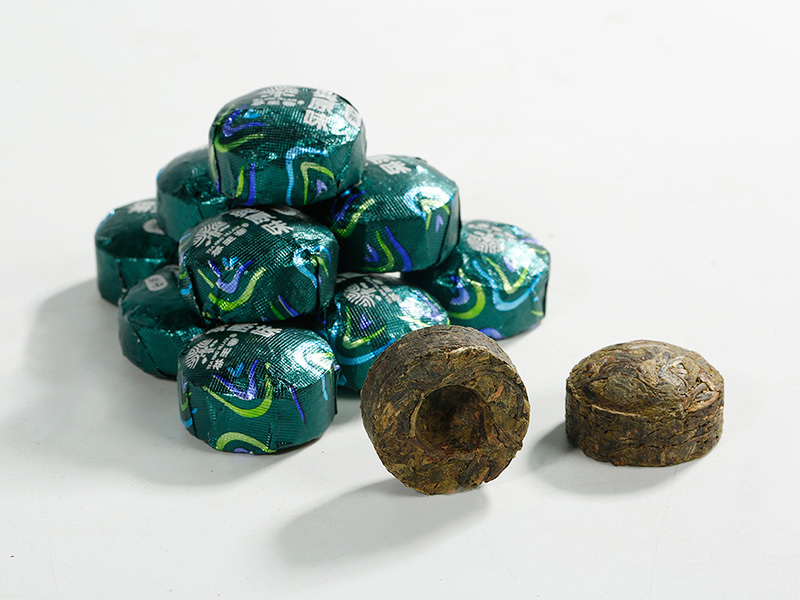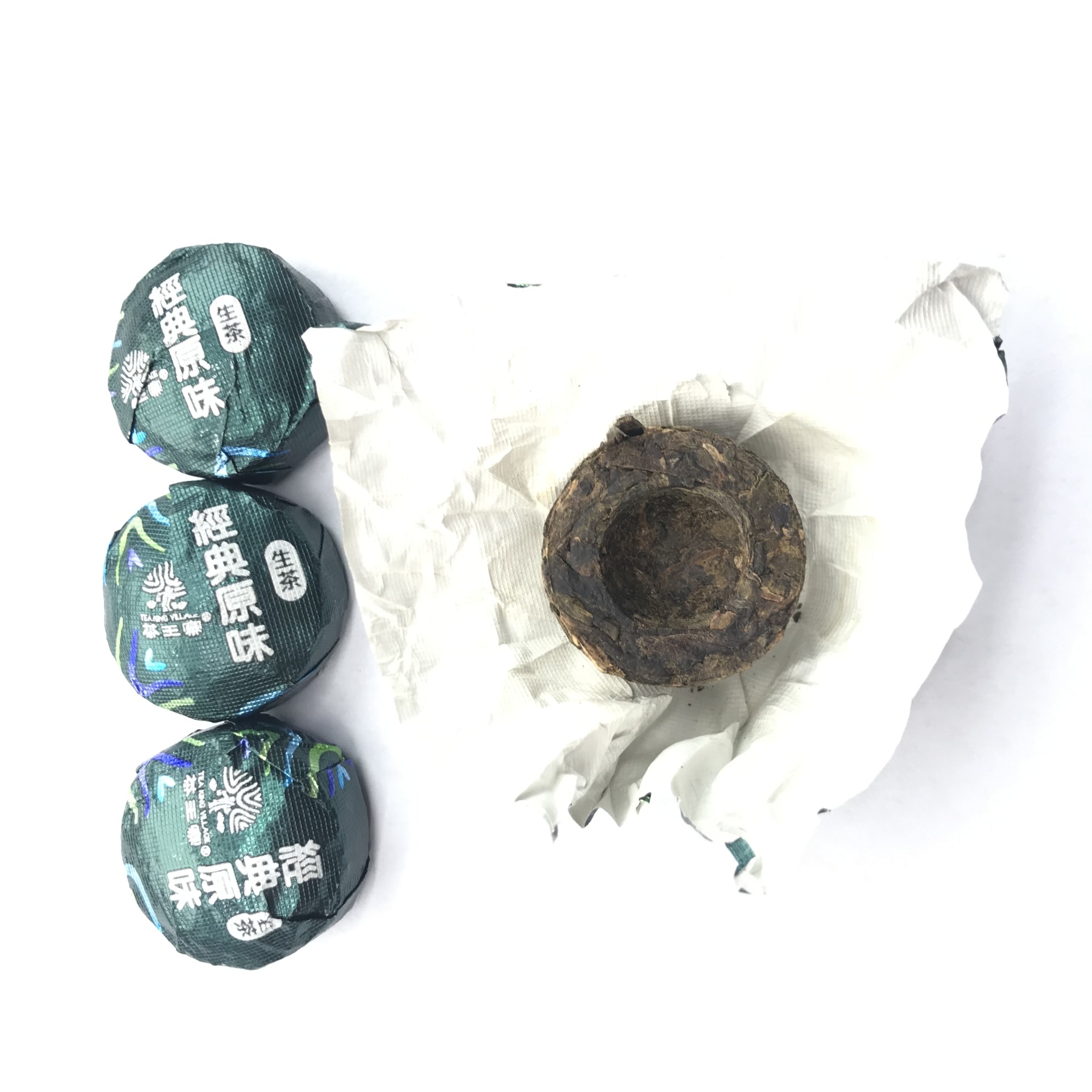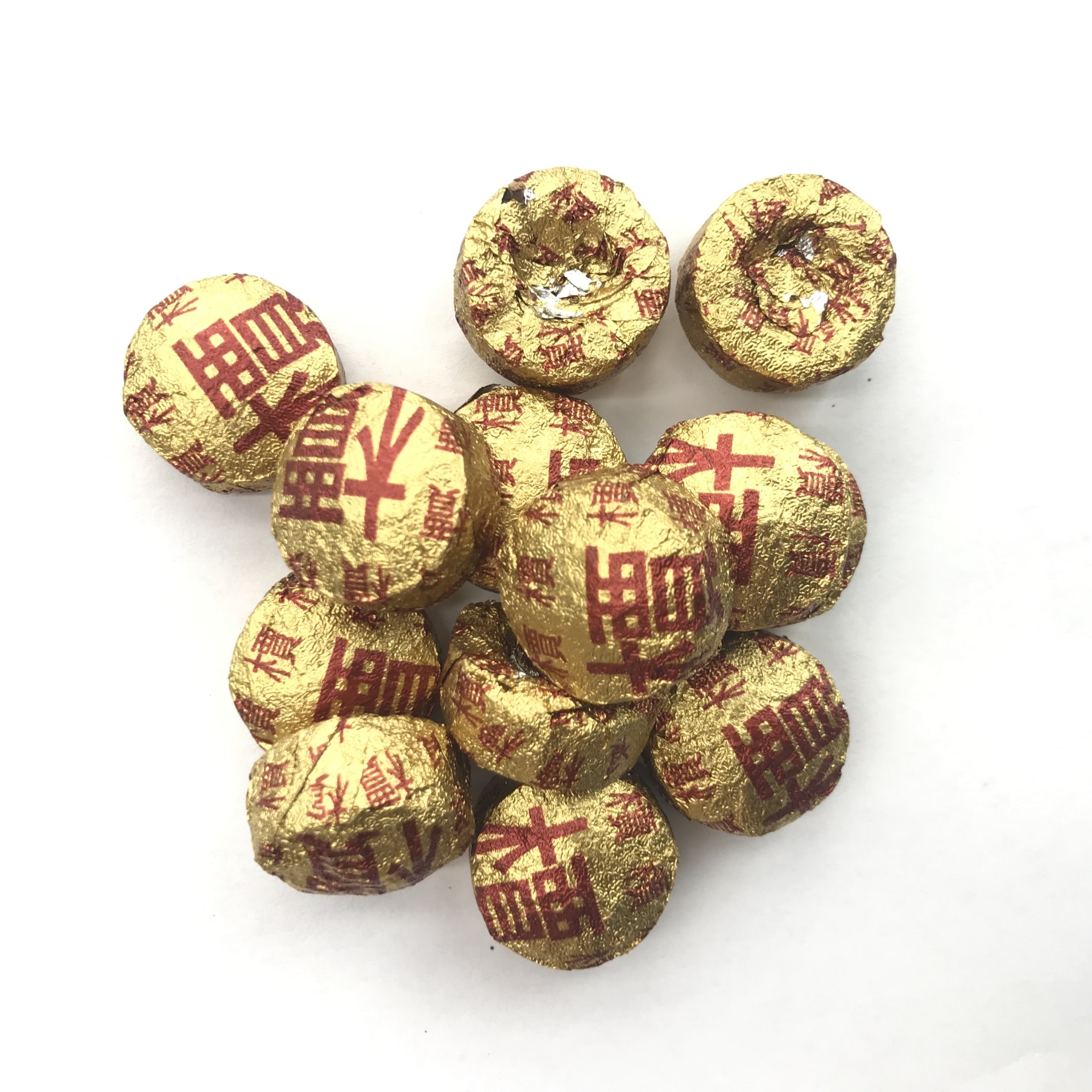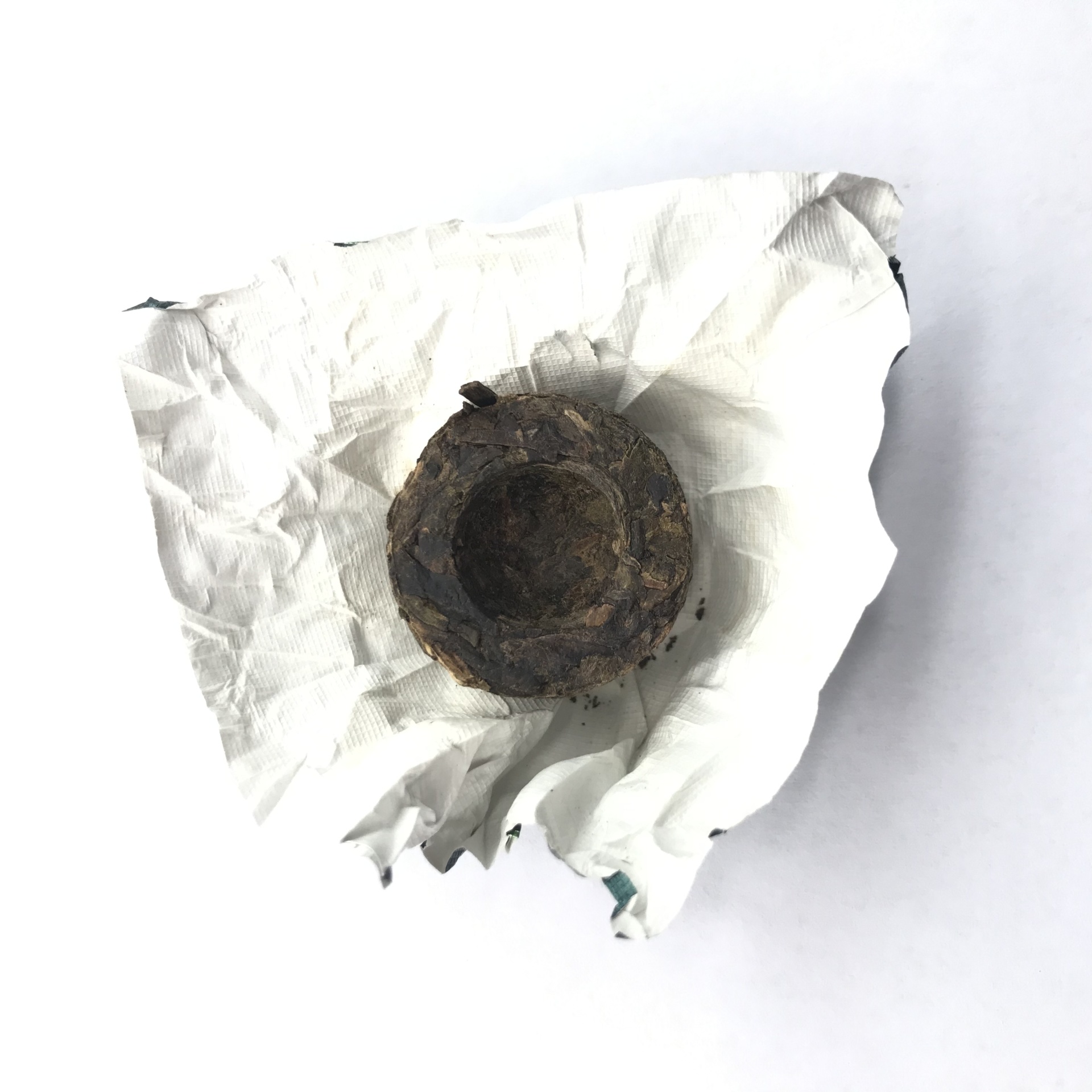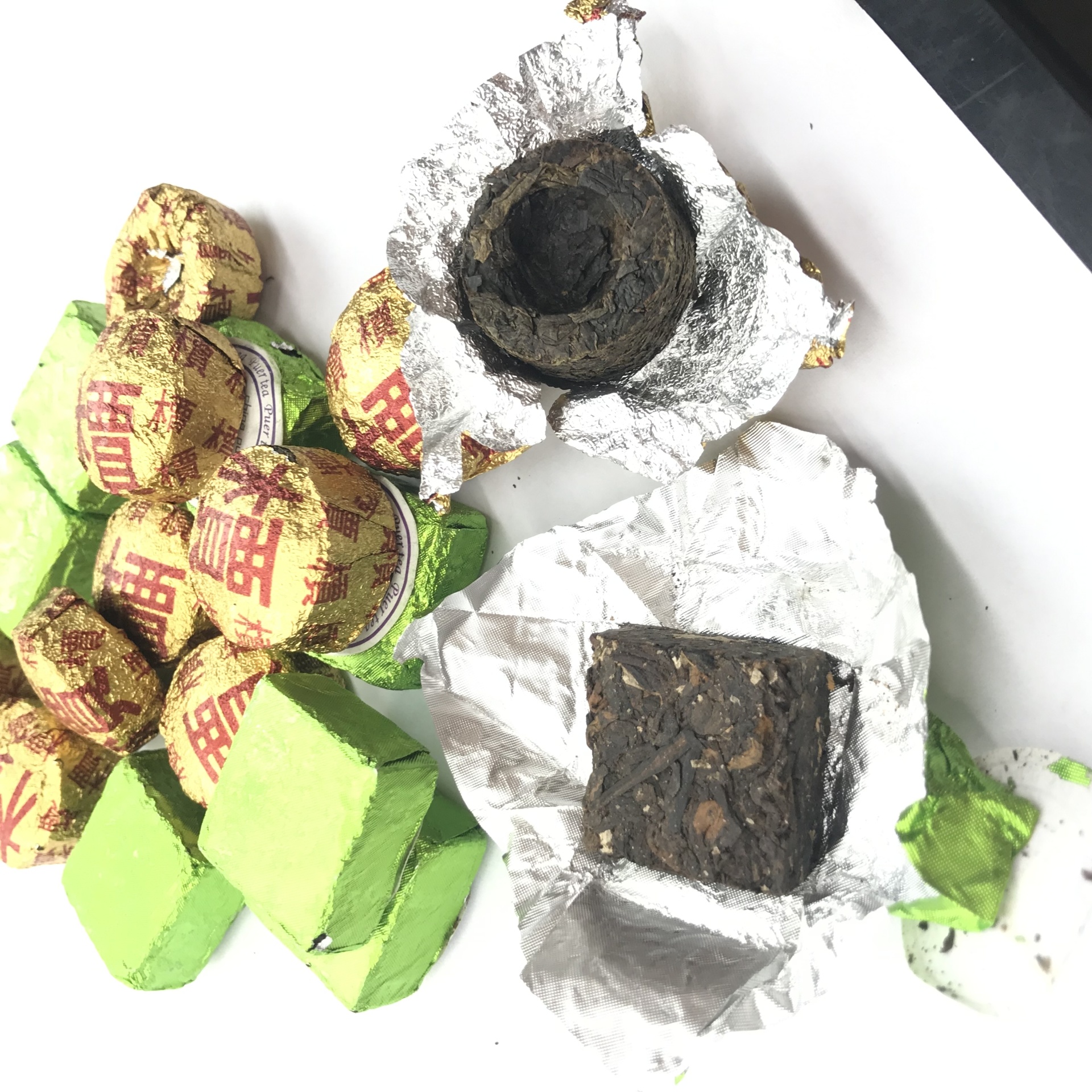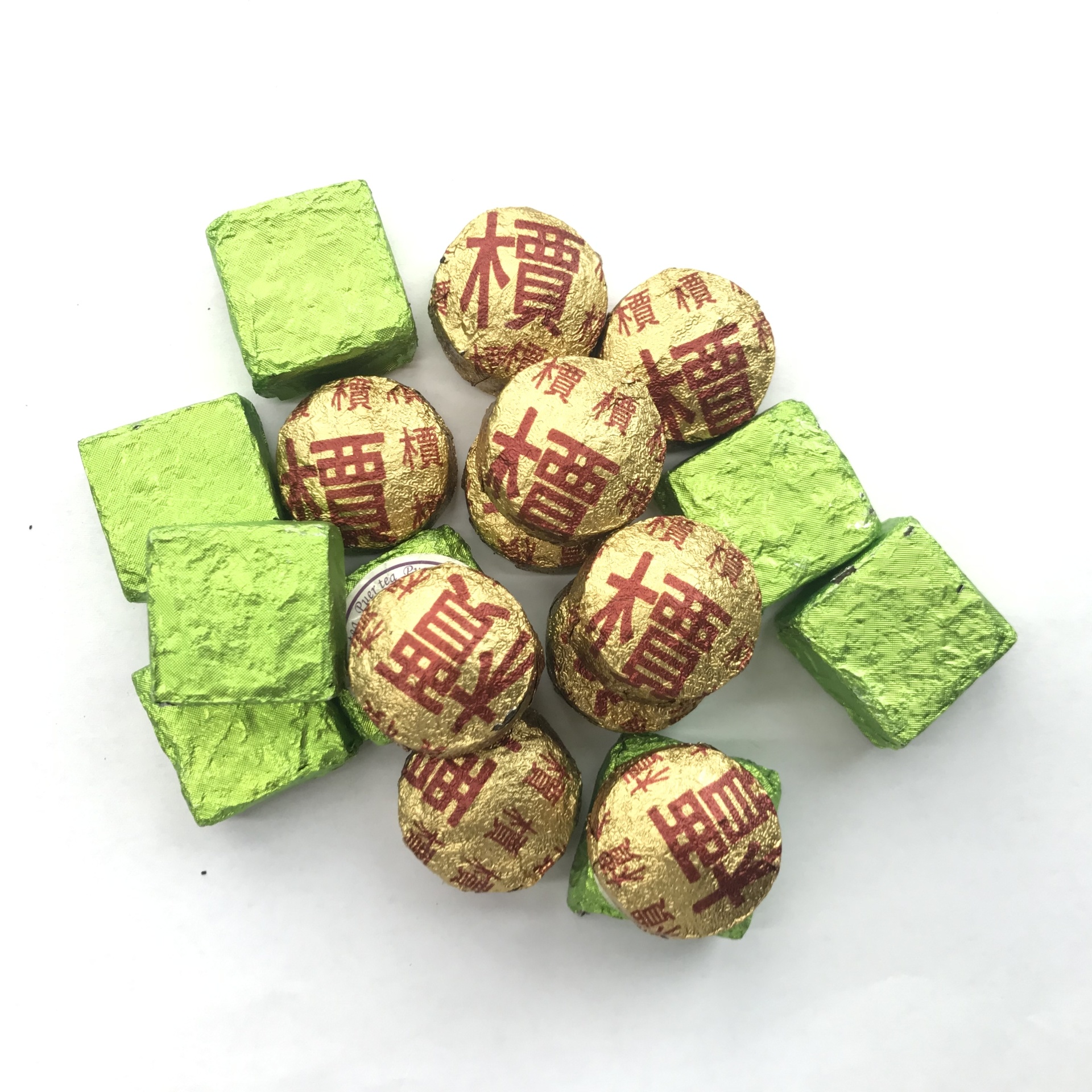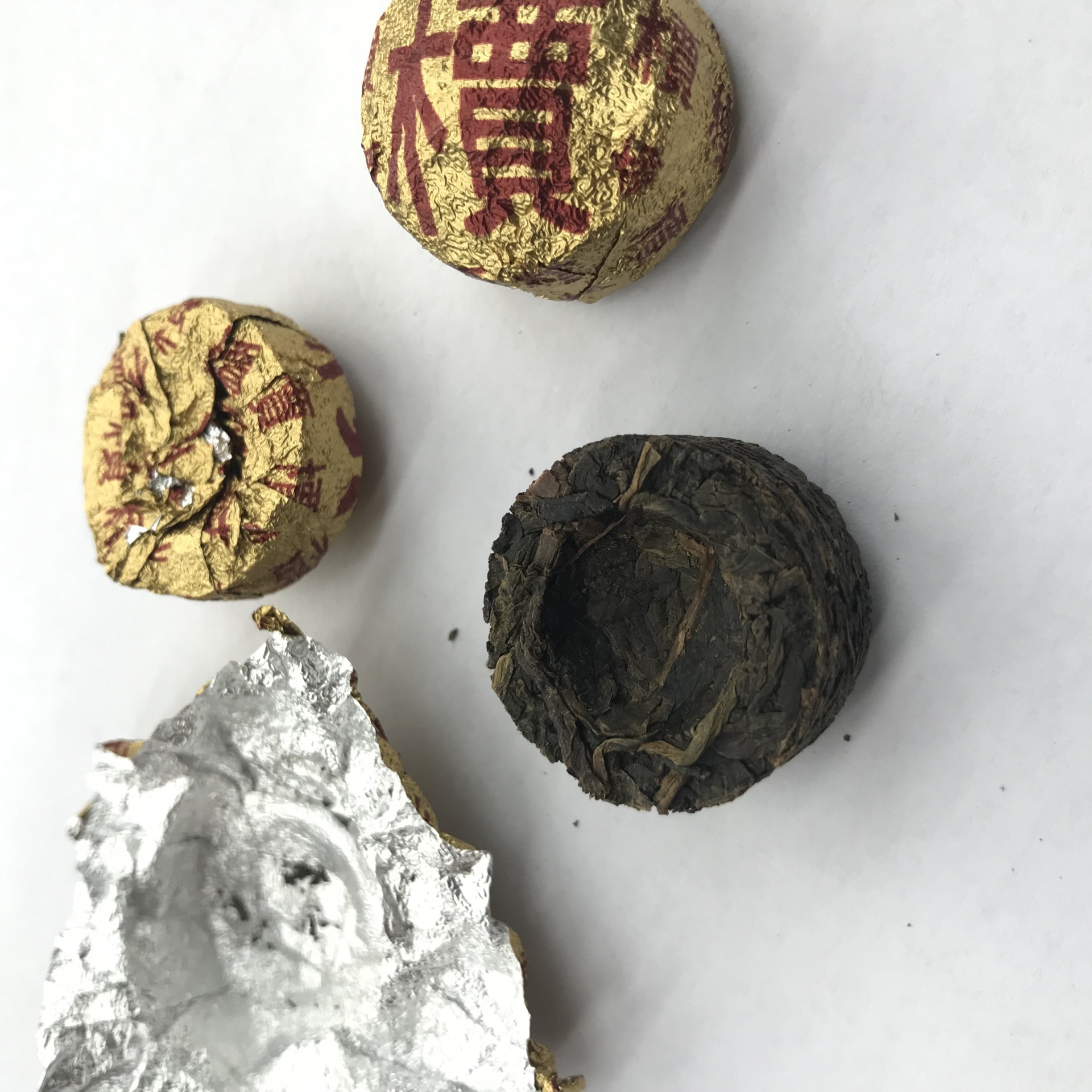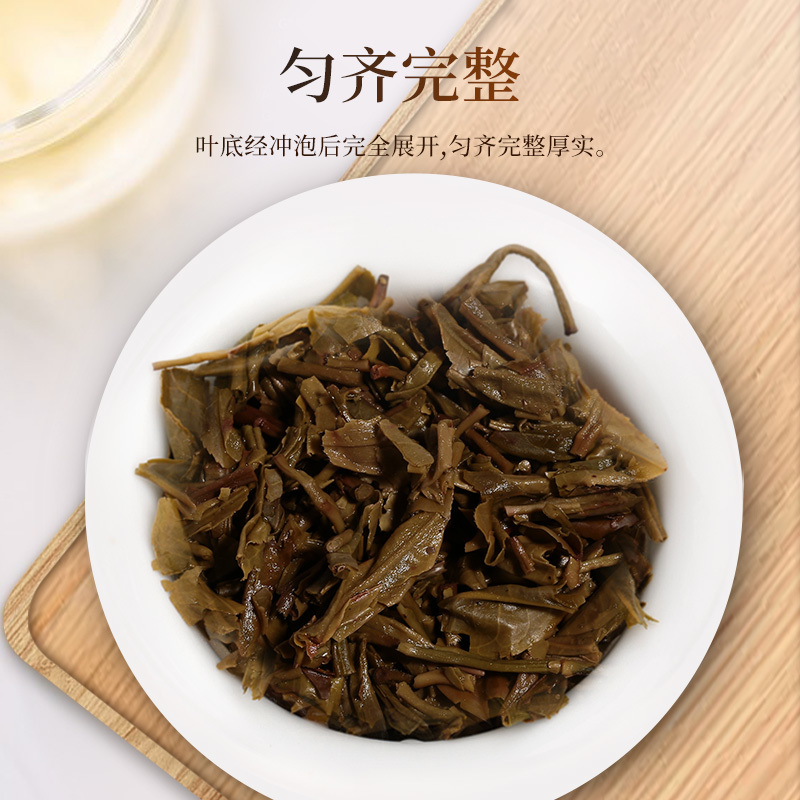Pu'er-Tuo-Cha
- 产品描述
-
- Commodity name: Pu'er-Tuo-Cha
- Commodity ID: 1187333271184887808
Origin: Yunan, China, Elevation: 1,400 - 1,850m Cultivar: squeeze Pu'er Tea Age: Fresh new Harvest Time: Early Spring Storage Method: Keep in dry and cool place for long-term storage Shape: Around Description:Pu'er or pu-erh is a variety of fermented tea produced in the Yunnan province made from large-leaf varietal of Camellia Sinensis. Fermentation in the context of tea production involves microbial fermentation and oxidation of the tea leaves, after they have been dried and rolled. This process is a Chinese specialty and produces tea known as hēichá (literally, 'black tea') commonly translated as 'dark tea'. This type of tea is different from what is known as black tea in English, which in Chinese is called hóngchá (literally, 'red tea').Pu-erh is particularly special because it can be aged for decades or longer, always changing and (in most cases) developing more depth and texture.Pu'er traditionally begins as a raw product known as "rough" máochá (, literally "fuzzy/furry tea") and can be sold in this form or pressed into a number of shapes and sold as "raw" shēngchá (, literally "raw tea"). Both of these forms then undergo the complex process of gradual fermentation and maturation with time. Raw Pu-erh () is sun-dried and compressed.Aside from vintage year, pu'er tea can be classified in a variety of ways: by shape, processing method, region, cultivation, grade, and season.Pu'er tea is typically compressed into a variety of shapes: Brick/ Zhuan cha, Square/ fang cha, Dragon Pearl/ long zhu, Bing/Beeng/Cake/ Disc/Bing cha, Tuocha. Other lesser seen forms include: stacked golden melon pagodas/ jin gua, Mushroom/ Jin cha, pillars, calabashes, yuan bao/Ingot, and small tea bricks (2-5 cm in width), Bowl, or Nest, . Pu'er is also compressed into the hollow centers of bamboo stems or packed and bound into a ball inside the peel of various citrus fruits.
Origin: Yunan, China,
Elevation: 1,400 - 1,850m
Cultivar: squeeze Pu'er Tea
Age: Fresh new
Harvest Time: Early Spring
Storage Method: Keep in dry and cool place for long-term storage
Shape: AroundDescription:Pu'er or pu-erh is a variety of fermented tea produced in the Yunnan province made from large-leaf varietal of Camellia Sinensis. Fermentation in the context of tea production involves microbial fermentation and oxidation of the tea leaves, after they have been dried and rolled. This process is a Chinese specialty and produces tea known as hēichá (literally, 'black tea') commonly translated as 'dark tea'. This type of tea is different from what is known as black tea in English, which in Chinese is called hóngchá (literally, 'red tea').Pu-erh is particularly special because it can be aged for decades or longer, always changing and (in most cases) developing more depth and texture.Pu'er traditionally begins as a raw product known as "rough" máochá (, literally "fuzzy/furry tea") and can be sold in this form or pressed into a number of shapes and sold as "raw" shēngchá (, literally "raw tea"). Both of these forms then undergo the complex process of gradual fermentation and maturation with time. Raw Pu-erh () is sun-dried and compressed.Aside from vintage year, pu'er tea can be classified in a variety of ways: by shape, processing method, region, cultivation, grade, and season.Pu'er tea is typically compressed into a variety of shapes: Brick/ Zhuan cha, Square/ fang cha, Dragon Pearl/ long zhu, Bing/Beeng/Cake/ Disc/Bing cha, Tuocha. Other lesser seen forms include: stacked golden melon pagodas/ jin gua, Mushroom/ Jin cha, pillars, calabashes, yuan bao/Ingot, and small tea bricks (2-5 cm in width), Bowl, or Nest, . Pu'er is also compressed into the hollow centers of bamboo stems or packed and bound into a ball inside the peel of various citrus fruits.
Key words:- Pu\\\'er-Tuo-Cha
Category:

phone:
previous page
next page

